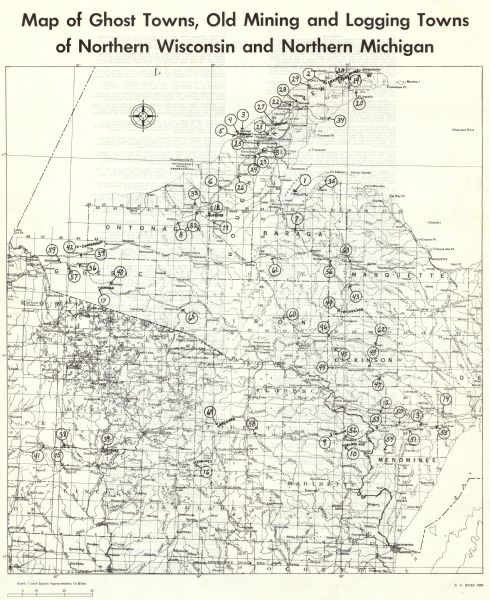

The bulk of Astor's population simply picked up and moved their buildings and belongings to create the boom town of Manilla at the new junction. The anticipation did have Astor booming, but growth of the town was abruptly halted when the railroad decided to intersect their tracks a mile and a half east leaving Astor in the dust, never to become an important trading center. Before the railroad's plans were finalized, the promise of Astor becoming a large and prosperous junction town prompted the county to spend a great sum of money to build the Denison and Astor Short Cut Road for access between the two major trading towns since there would be no rail line connecting them.

A public meeting was held at which it was decided to run the line through Arion instead. However, when the line to Sioux City was being planned in 1886, it was intended to begin at Astor, run through Denison and Charter Oak and then on to Sioux City, causing Denison to make the "greatest decision mistake in history." Instead of realizing that the advent of another railroad would give it great added importance, it was felt that it would instead create new market places too close to town and draw trade away from Denison.

Three years later, however, placement of a new line by that same railroad running north to Sioux City would crush all hopes of future success and force the city fathers to abandon all the progress they had made toward incorporating the town.Īstor, located near the border of Shelby County was distant enough from Denison not to interfere with the success of Denison merchants. Around 1883, Robert Theobold sold land to the railroad when they laid their first line from Chicago to Council Bluffs causing the town to quickly spring to life.

Paul Railroad Company was responsible for the glory and defeat of the little town of Astor. From boom to bust in three short years, the Chicago, Milwaukee & St.


 0 kommentar(er)
0 kommentar(er)
